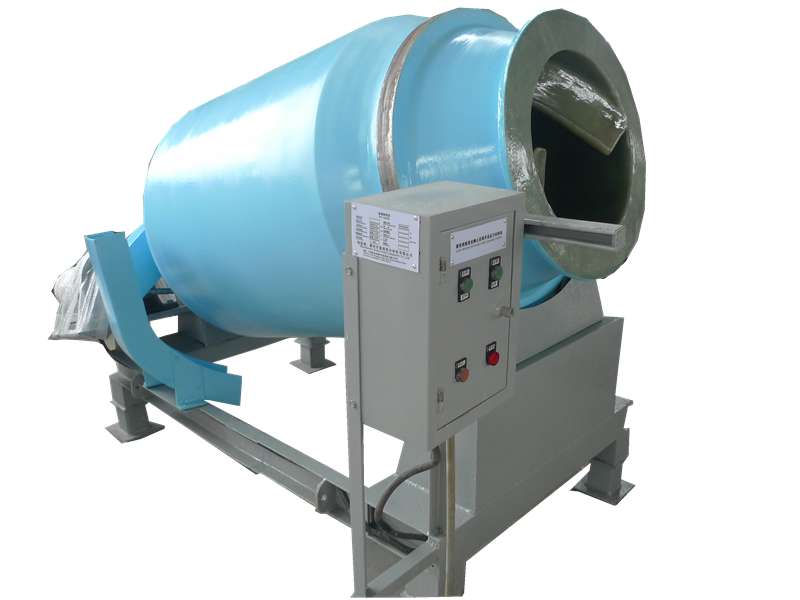
-
 Afrikaans
Afrikaans -
 Albanian
Albanian -
 Amharic
Amharic -
 Arabic
Arabic -
 Armenian
Armenian -
 Azerbaijani
Azerbaijani -
 Basque
Basque -
 Belarusian
Belarusian -
 Bengali
Bengali -
 Bosnian
Bosnian -
 Bulgarian
Bulgarian -
 Catalan
Catalan -
 Cebuano
Cebuano -
 China
China -
 China (Taiwan)
China (Taiwan) -
 Corsican
Corsican -
 Croatian
Croatian -
 Czech
Czech -
 Danish
Danish -
 Dutch
Dutch -
 English
English -
 Esperanto
Esperanto -
 Estonian
Estonian -
 Finnish
Finnish -
 French
French -
 Frisian
Frisian -
 Galician
Galician -
 Georgian
Georgian -
 German
German -
 Greek
Greek -
 Gujarati
Gujarati -
 Haitian Creole
Haitian Creole -
 hausa
hausa -
 hawaiian
hawaiian -
 Hebrew
Hebrew -
 Hindi
Hindi -
 Miao
Miao -
 Hungarian
Hungarian -
 Icelandic
Icelandic -
 igbo
igbo -
 Indonesian
Indonesian -
 irish
irish -
 Italian
Italian -
 Japanese
Japanese -
 Javanese
Javanese -
 Kannada
Kannada -
 kazakh
kazakh -
 Khmer
Khmer -
 Rwandese
Rwandese -
 Korean
Korean -
 Kurdish
Kurdish -
 Kyrgyz
Kyrgyz -
 Lao
Lao -
 Latin
Latin -
 Latvian
Latvian -
 Lithuanian
Lithuanian -
 Luxembourgish
Luxembourgish -
 Macedonian
Macedonian -
 Malgashi
Malgashi -
 Malay
Malay -
 Malayalam
Malayalam -
 Maltese
Maltese -
 Maori
Maori -
 Marathi
Marathi -
 Mongolian
Mongolian -
 Myanmar
Myanmar -
 Nepali
Nepali -
 Norwegian
Norwegian -
 Norwegian
Norwegian -
 Occitan
Occitan -
 Pashto
Pashto -
 Persian
Persian -
 Polish
Polish -
 Portuguese
Portuguese -
 Punjabi
Punjabi -
 Romanian
Romanian -
 Russian
Russian -
 Samoan
Samoan -
 Scottish Gaelic
Scottish Gaelic -
 Serbian
Serbian -
 Sesotho
Sesotho -
 Shona
Shona -
 Sindhi
Sindhi -
 Sinhala
Sinhala -
 Slovak
Slovak -
 Slovenian
Slovenian -
 Somali
Somali -
 Spanish
Spanish -
 Sundanese
Sundanese -
 Swahili
Swahili -
 Swedish
Swedish -
 Tagalog
Tagalog -
 Tajik
Tajik -
 Tamil
Tamil -
 Tatar
Tatar -
 Telugu
Telugu -
 Thai
Thai -
 Turkish
Turkish -
 Turkmen
Turkmen -
 Ukrainian
Ukrainian -
 Urdu
Urdu -
 Uighur
Uighur -
 Uzbek
Uzbek -
 Vietnamese
Vietnamese -
 Welsh
Welsh -
 Bantu
Bantu -
 Yiddish
Yiddish -
 Yoruba
Yoruba -
 Zulu
Zulu
large diameter fiberglass pipe
The Advantages of Large Diameter Fiberglass Pipe in Modern Infrastructure
In the realm of modern infrastructure, the choice of materials for piping systems is critical to ensuring efficiency, durability, and cost-effectiveness. Among various options available, large diameter fiberglass pipes have emerged as a preferred solution for many applications, revolutionizing the way industries approach fluid transportation and processing.
Understanding Fiberglass Pipes
Fiberglass pipes, made from a composite material that consists of glass fibers and resin, are known for their lightweight and strong properties. When molded into large diameters, these pipes can handle significant levels of pressure and flow, making them ideal for transporting water, sewage, chemicals, and other fluids. This composite material not only boasts a high strength-to-weight ratio but also provides excellent corrosion resistance, which is an important factor in many industrial applications.
Key Advantages
1. Corrosion Resistance Many traditional piping materials, such as steel and iron, are susceptible to rust and corrosion when exposed to moisture and various chemicals. Fiberglass pipes, on the other hand, do not corrode, thus extending their lifespan and reducing maintenance costs. This property makes them especially useful in wastewater management and chemical processing industries.
2. Lightweight and Easy to Install The lightweight nature of large diameter fiberglass pipes simplifies transportation and installation. Construction crews can handle these pipes more easily than heavier alternatives, leading to reduced labor time and costs during the installation phase. Additionally, the flexibility of fiberglass allows for easier maneuvering around obstacles, which can be a significant advantage when retrofitting existing infrastructure.
large diameter fiberglass pipe

3. Cost-Effectiveness Although the initial investment in fiberglass pipes may be higher than traditional materials, their longevity and reduced maintenance requirements translate into lower lifetime costs. When factoring in the avoidance of corrosion-related repairs and the reduced need for replacement, organizations often find that the overall financial outlay is significantly lower with fiberglass pipes.
4. Sustainability With increasing emphasis on sustainable practices, fiberglass pipes are a preferable choice. Their longer lifespan reduces the frequency of replacements, leading to less waste. Moreover, the manufacturing process for fiberglass can be optimized to use fewer resources compared to traditional materials, contributing to a smaller carbon footprint.
5. Versatility Large diameter fiberglass pipes can be used in a variety of applications across numerous industries. From drinking water distribution and sewage systems to industrial fluid transport and irrigation, their versatility is one of their standout features. Furthermore, they can be tailored for specific applications with varying thicknesses and resin formulations, allowing for customization to fit unique environmental conditions and pressures.
Applications in Different Industries
In the municipal sector, large diameter fiberglass pipes are widely employed for water supply and drainage systems. Their resistance to environmental factors ensures a reliable flow of water and waste management, which is vital for public health and safety. In the industrial realm, sectors such as oil and gas, and chemical manufacturing benefit from the durability and reliability of fiberglass pipes as they transport hazardous and corrosive materials without the risk of leakage or failure.
Conclusion
The adoption of large diameter fiberglass pipes represents a significant stride in the evolution of piping technology. Their unique blend of strength, lightweight construction, and resistance to corrosion make them an attractive choice for a plethora of applications across various industries. As infrastructure needs continue to evolve, it is clear that fiberglass pipes will play an essential role in shaping the future of fluid transport and processing, combining efficiency with sustainability. Ultimately, the transition to large diameter fiberglass pipes not only enhances operational effectiveness but also aligns with the growing demand for environmentally responsible solutions in modern infrastructural development.









